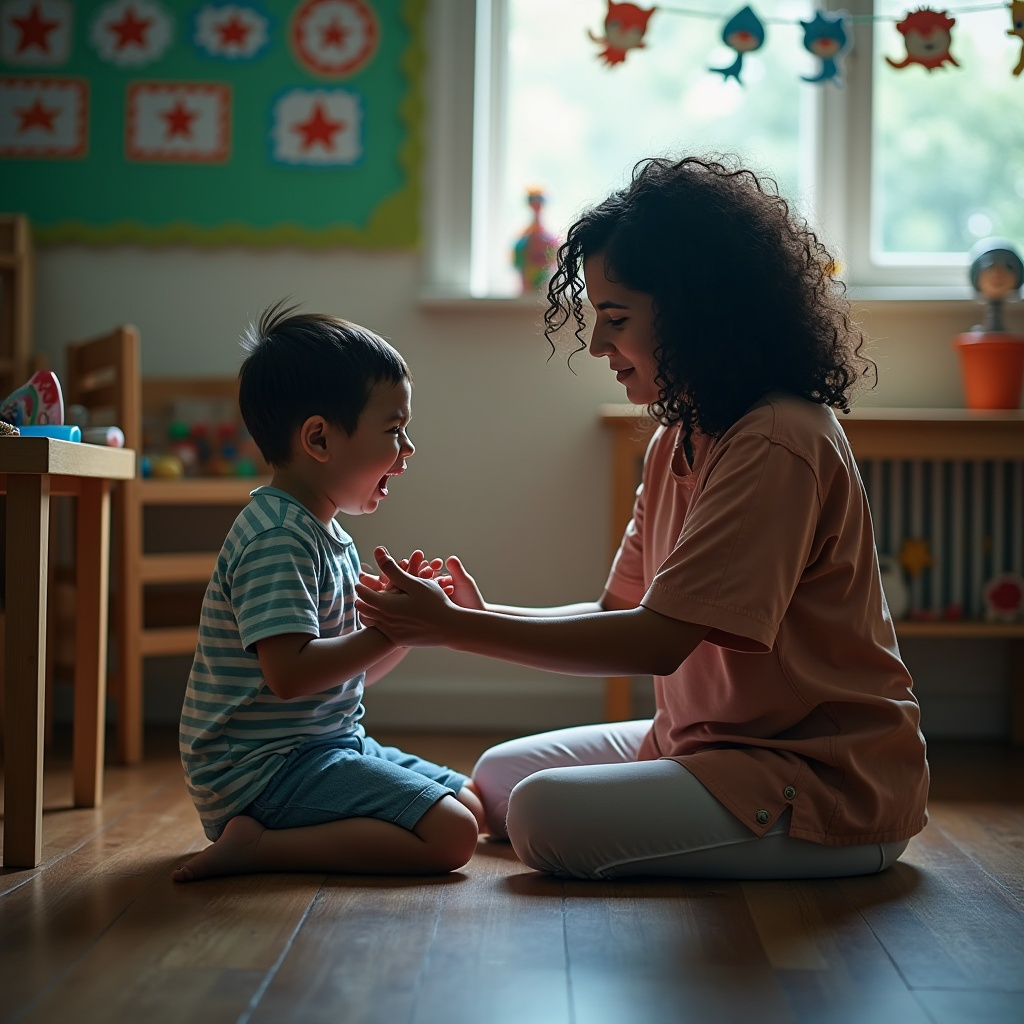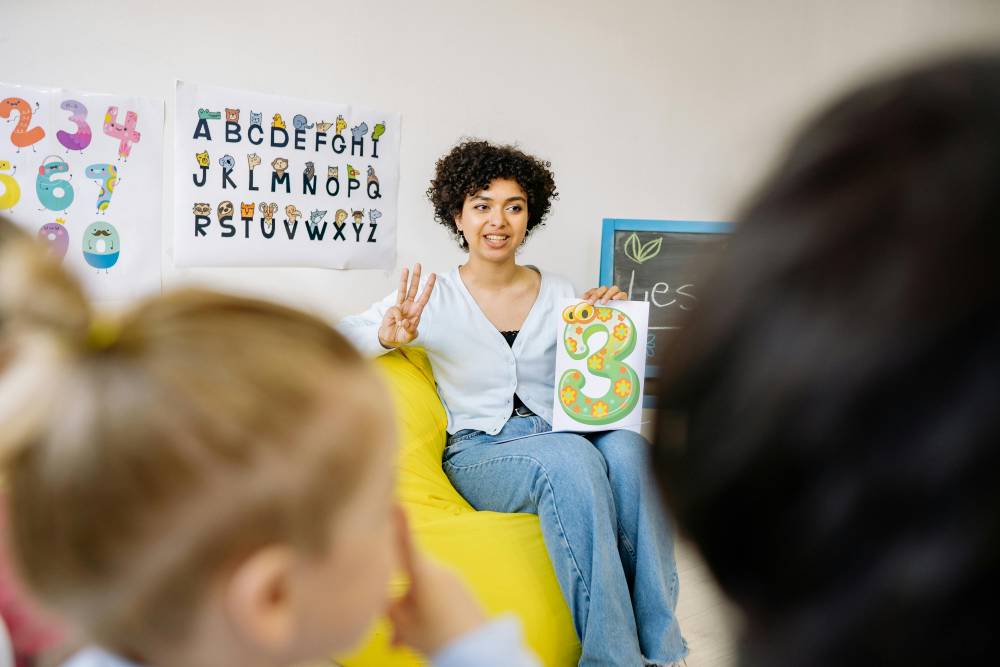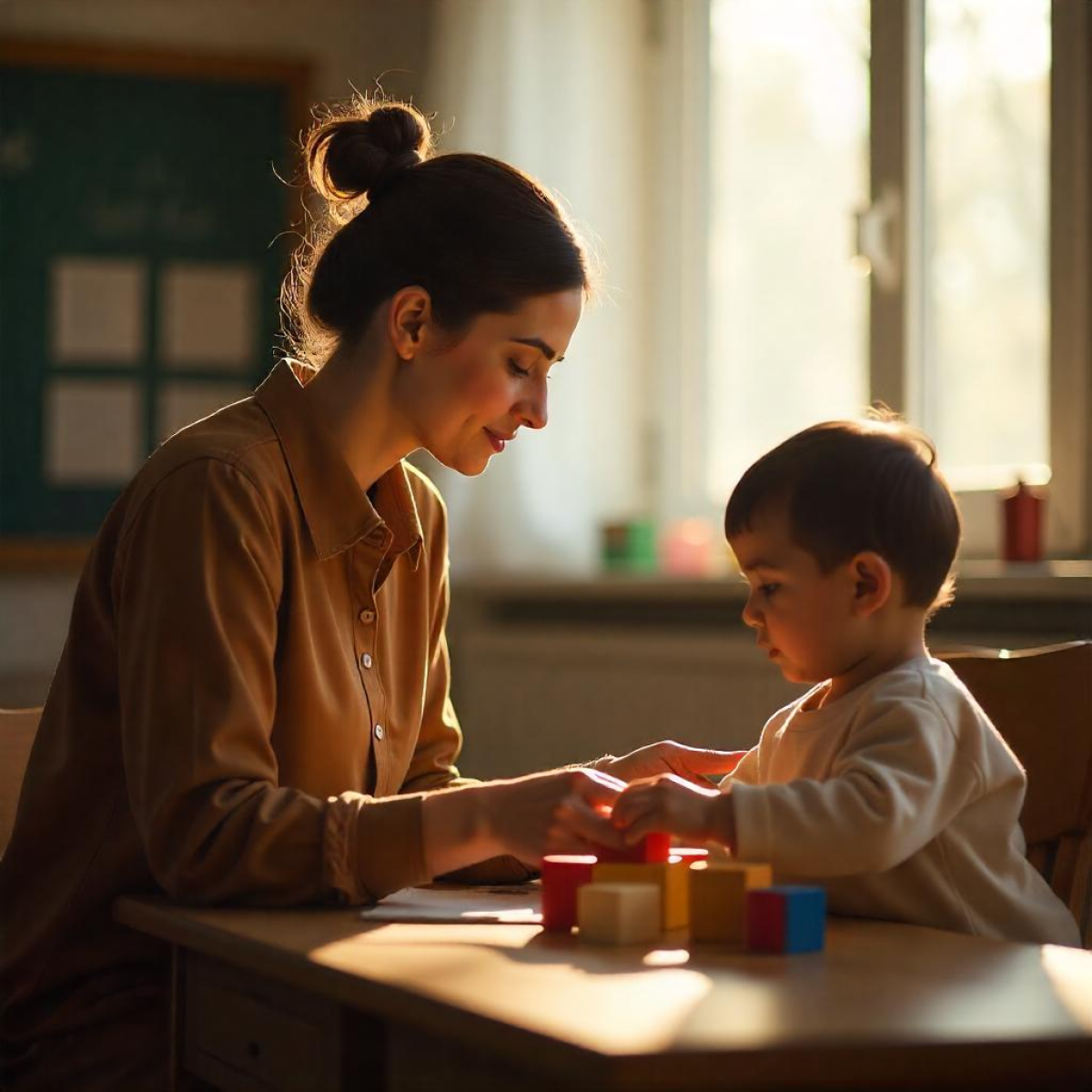In early childhood education, emotional safety is the foundation for every positive experience a child can have. While much attention is often given to daily routines, lesson planning, and classroom materials, there’s another, often overlooked factor that holds immense power: the educator’s tone of voice and body language. These “invisible tools” can deeply influence how safe, secure, and supported children feel.
The Voice That Calms or Alarms: The Power of Tone in Communication
Your voice can either soothe or stress. A soft, calm, and steady tone communicates, “You are safe. I’m here for you.” On the other hand, a loud, sharp, or impatient tone—even if not intentionally harsh—can trigger anxiety and emotional withdrawal in children.
Practical example:
A child is crying during morning drop-off.
-
Response A: "Stop crying now, you're fine."
-
Response B: "I know this is hard. It's okay to cry. I'm here with you."
The difference isn’t just in the words—it’s in the calm, empathetic tone that sends a powerful message of comfort and understanding.

Body Language: Your Posture Speaks Before Your Words Do
Young children are incredibly sensitive to non-verbal cues. They often read body language better than they process verbal language. An educator who kneels to the child’s level, maintains gentle eye contact, offers a reassuring touch, or simply smiles, sends strong signals of emotional safety and connection.
Stressful Situations: The True Test of Our Approach
It’s easy to stay calm when everything runs smoothly. But the real challenge—and opportunity—comes in moments of tension: when the room is noisy, when a child refuses to cooperate, or when emotions run high. In those moments, your tone and posture can be the difference between a child feeling comforted or emotionally shut down.
Tips for those high-stress moments:
-
Take a deep breath before responding
-
Lower your voice instead of raising it
-
Make gentle eye contact and come to the child’s level
-
Reflect the child’s emotion before redirecting (“You seem really upset right now…”)
Self-Reflection: A Tool for Emotional Awareness and Growth
Self-reflection is not about blame—it’s about awareness. Taking a moment to consider your own emotional responses helps you grow as an educator and strengthen your connection with children.
Reflective questions:
-
When did I feel most tense today?
-
How did I use my voice—did it help calm or escalate the situation?
-
Did any child pull away when I approached? What was my body language like?
This kind of daily self-awareness is key to developing emotional intelligence and creating a nurturing classroom environment.
How kidsday Supports this process:
Using the kidsday to document daily routines, share photos, and report observations encourages educators to reflect more deeply on each child’s emotional journey. Educators who include details about how children feel throughout the day become more attuned to their needs and help parents stay connected to their child’s emotional world—creating a consistent circle of care.

An educator’s voice and posture are silent but powerful tools in building emotional safety. When children feel safe, they’re more open to learning, exploring, and forming healthy relationships. And it all begins with a calm tone, an open stance, and a present heart.








